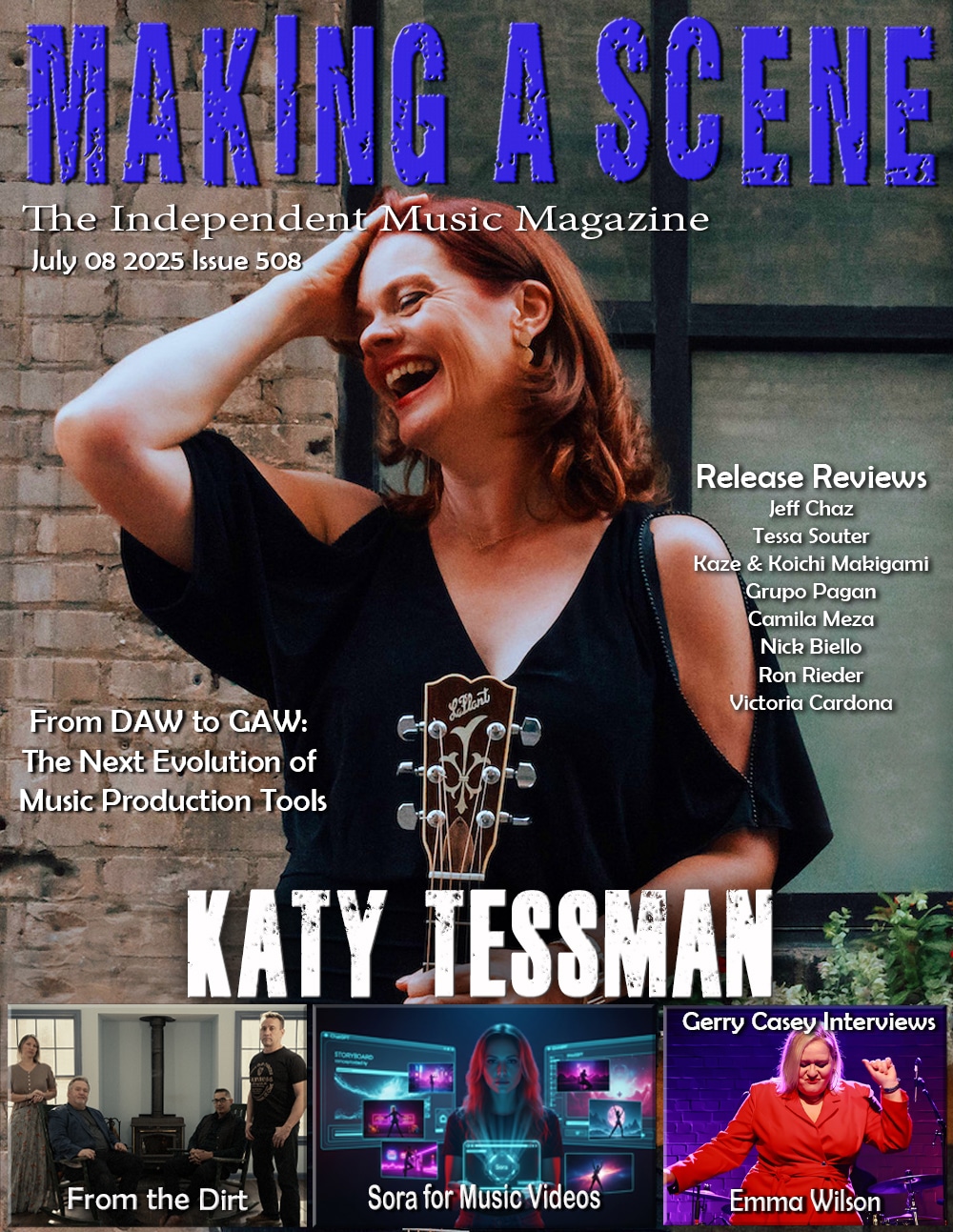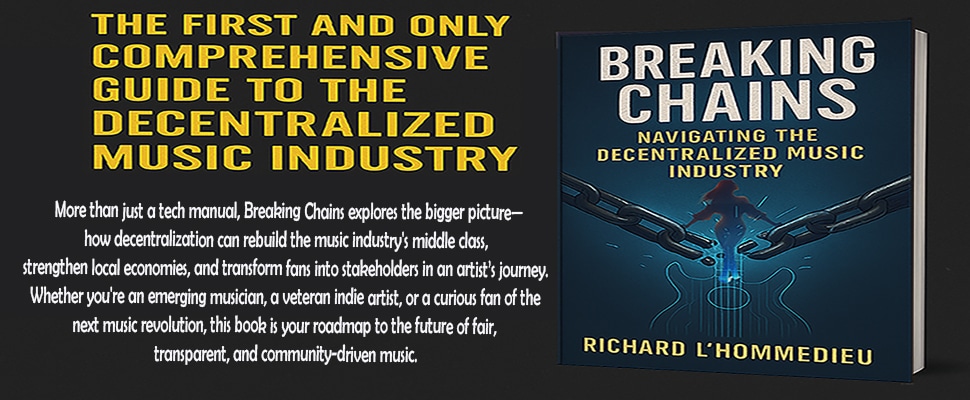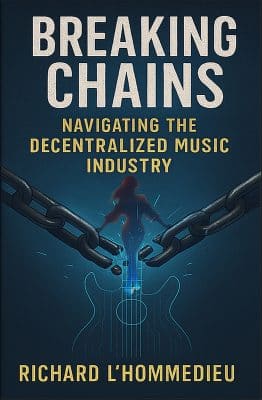How the Blockchain is Revolutionizing Content Distribution
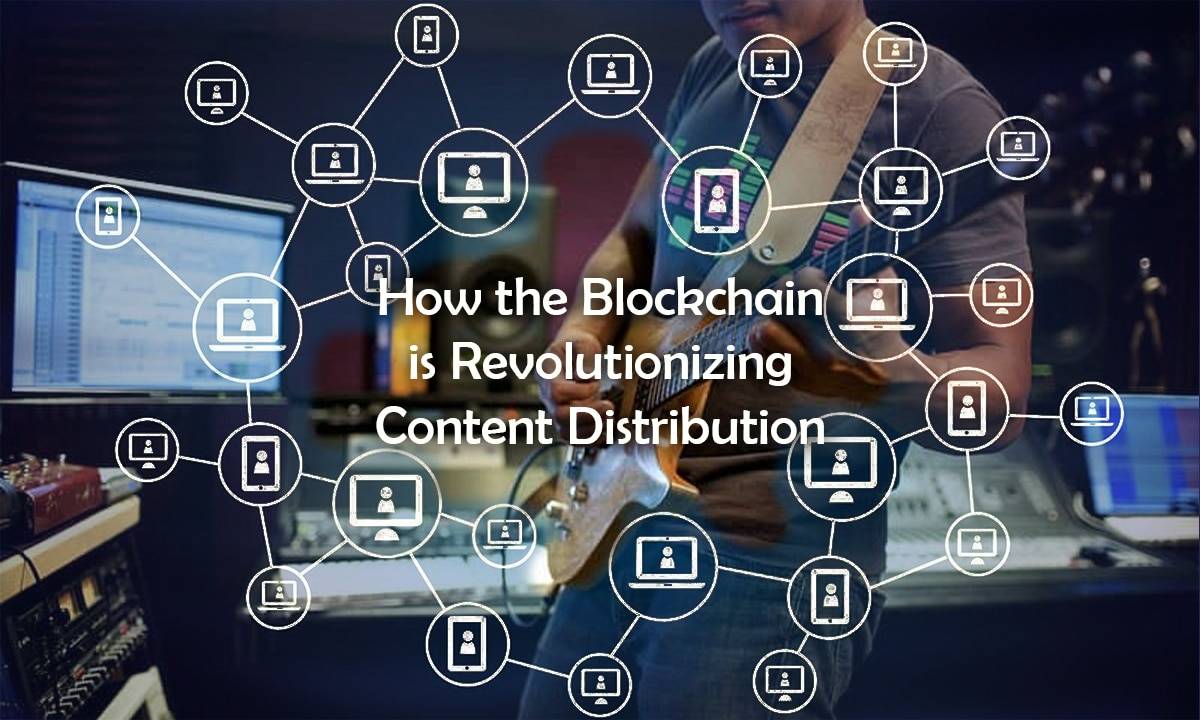
Making a Scene Looks at how The Blockchain is Revolutionizing Content Distribution
The first thing we have to accept is a redefinition of who we are. We are no longer just Indie artists, we are “Content Creators”! Whether it is the music we write and record, or it’s the videos we create for our music, It could be the artwork that is attached to our music or the photos we take of our breakfast, puppies or kittens. All of our social media marketing is dependent on the content we create. Once we have wrapped our heads around this concept that we are not just musicians anymore, that we are “Content Creators” we can move towards the future with a very defined direction.
What is the Blockchain?
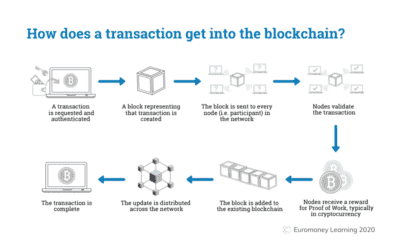 Let’s start by understanding what exactly is the Blockchain.
Let’s start by understanding what exactly is the Blockchain.
A simple way to explain what the blockchain is that it is a database that is shared among a computer network. Just like a database, the blockchain is basically a way to store digital information. The Blockchain was instrumental and played a crucial role in the creation of cryptocurrency such as Bitcoin, and is responsible for maintaining a secure and decentralized record of transactions. The advantage of the blockchain that made cryptocurrency possible, is that created a foolproof method of security of the recorded data and creates a trusted record without the need for a trusted third party (ie Banks).
Now, one key difference between a the database you know and a blockchain is how the data is structured. A database usually structures its data into tables, whereas a blockchain, collects information together in Blocks that hold groups of information. Each of the blocks have certain storage capacity and, when filled, are closed and linked to the previously filled block, forming a chain of data known as the blockchain. All new information that follows that freshly added block is compiled into a newly formed block that will then also be added to the chain once filled. This data structure inherently makes an irreversible time line of data when implemented in a decentralized system. When a block is filled, it is set in stone and becomes a permanent part of this time line. In addition each block in the chain is given an exact time stamp when it is added to the chain.
The whole idea behind the blockchain is to allow digital data to be recorded and distributed on the network that no one can edit or change in any way. This allowed the blockchain to be the foundation for records of transactions that cannot be altered, deleted, or destroyed.
What a blockchain does is to allow the data held in that database to be spread out among several network nodes at various locations. This not only creates redundancy but also maintains the integrity of the data. If somebody tries to alter a record at one instance of the database, the other nodes would not be altered and thus would prevent a bad actor from doing so. If one user tampers with Bitcoin’s record of transactions, all other nodes would cross-reference each other and easily pinpoint the node with the incorrect information. This system helps to establish an exact and transparent order of events. This way, no single node within the network can alter information held within it.
The Introduction of the Smart Contract and Dapps
The initial blockchain was perfect for the development of cryptocurrency such as bitcoin, but it was soon realized there we so many other applications that can be encoded into this new technology. With the rise of the Ethereum blockchain the Smart Contract was developed as well as the ability to develop Dapps within the blockchain.
A smart contract is simply a self-executing contract between buyer and seller with specific terms of agreement being directly written into lines of code. The code and the agreements contained in them are spread over a distributed, decentralized network. The Smart Contract then controls the execution of the sale as well as making all transactions trackable and irreversible. Smart contracts essentially permit secure transactions and agreements to be carried out among anonymous parties without the need for a central authority, legal system, or external enforcement mechanism. With the Smart Contract the blockchain has evolved into a decentralized financial system.
Decentralized applications (dApps) are digital applications that exist and run on a blockchain or peer-to-peer network of computers instead of just a single computer. DApps are not under the control of any single entity. Instead they are run as a decentralized application that is shared over several nodes on a world wide network of computers. DApps which are often built on the Ethereum based platforms such as Ethereum, Solana, Polygon, etc., and can be developed to create unique applications such as games, finance, social media, music streaming and so much more!
For example a standard web app, such as Facebook (Meta) or Twitter, runs on a computer system that is owned and operated by a company, giving them full control and authority over the app and it’s users. Even though there may be multiple users on the app the backend is controlled by a single corporation. A DApps can run on a peer to peer network or a blockchain network. For example, BitTorrent and the Tor browser are applications that run on computers that are part of a P2P network, whereby multiple participants are consuming content, feeding or seeding content, or simultaneously performing both functions. No one corporation has control over the userbase or the content that these applications have access to.
Distribution of Content
With many established and new businesses and applications being built on the blockchain technology they represent a move towards both a financial and data decentralization that will soon impact almost every business throughout the world. This decentralized model is already being used for blockchain-based solutions such as cloud storage, payment processing, and cybersecurity. Now it is starting to be used as a key component in the content distribution arena.
This represents a revolutionary change to the old business model where control and profits stayed in the hands of middlemen, aggregators, Record labels and the content hosting companies leaving very little profit or control for content creators themselves. The blockchain can significantly disrupt this imbalanced and will eventually put the power back in the hands of the creators and and those who consume the content.
Conclusion
It seems the more I look into this new technology and how it is being applied to the music industry, the more I realize we are on the doorstep of a complete revolution and over hall of the music industry. As much as we have complained about the monies that are being funneled to us as content creators from platforms like Spotify and Apple Music, etc, we have also come to accept the fact the consumer has embrace this way of consuming music. The consumer no longer looks at recorded music as a product, it is now a service they expect to be there when they want it.
What the blockchain technology promises is it will remove the middlemen and content hosting gatekeepers from the equation and allow the content creators to have control over how their content is distributed and how the compensation for that content is distributed. From Blockchain based streaming services like Audius to selling royalties to your fans through NFT Tokens like Royalty.io the future of the music industry is looking like it is moving towards a business model where the content creators are in control.
But, there is a cautionary tale here! We all know the music industry is not going to lay down and allow their profits to dwindle away. They found a way to capitalize on the streaming world by buying into the streaming platforms, so make no mistake they are working on how they can control and profit from this new technology. It is up to us the indie “Content Creators” to learn and understand this technology so we can use it to our advantage and recognize when we are being scammed. We at Making a Scene will do our best to bring you good solid information that you can use as a jumping off point to learn more about how you can use this new technology to keep more profit from your content.
Buy Us a Cup of Coffee!
Join the movement in supporting Making a Scene, the premier independent resource for both emerging musicians and the dedicated fans who champion them.
We showcase this vibrant community that celebrates the raw talent and creative spirit driving the music industry forward. From insightful articles and in-depth interviews to exclusive content and insider tips, Making a Scene empowers artists to thrive and fans to discover their next favorite sound.
Together, let’s amplify the voices of independent musicians and forge unforgettable connections through the power of music
Make a one-time donation
Make a monthly donation
Make a yearly donation
Buy us a cup of Coffee!
Or enter a custom amount
Your contribution is appreciated.
Your contribution is appreciated.
Your contribution is appreciated.
DonateDonate monthlyDonate yearlyYou can donate directly through Paypal!
Subscribe to Our Newsletter
Order the New Book From Making a Scene
Breaking Chains – Navigating the Decentralized Music Industry
Breaking Chains is a groundbreaking guide for independent musicians ready to take control of their careers in the rapidly evolving world of decentralized music. From blockchain-powered royalties to NFTs, DAOs, and smart contracts, this book breaks down complex Web3 concepts into practical strategies that help artists earn more, connect directly with fans, and retain creative freedom. With real-world examples, platform recommendations, and step-by-step guidance, it empowers musicians to bypass traditional gatekeepers and build sustainable careers on their own terms.
More than just a tech manual, Breaking Chains explores the bigger picture—how decentralization can rebuild the music industry’s middle class, strengthen local economies, and transform fans into stakeholders in an artist’s journey. Whether you’re an emerging musician, a veteran indie artist, or a curious fan of the next music revolution, this book is your roadmap to the future of fair, transparent, and community-driven music.
Get your Limited Edition Signed and Numbered (Only 50 copies Available) Free Shipping Included
Discover more from Making A Scene!
Subscribe to get the latest posts sent to your email.
